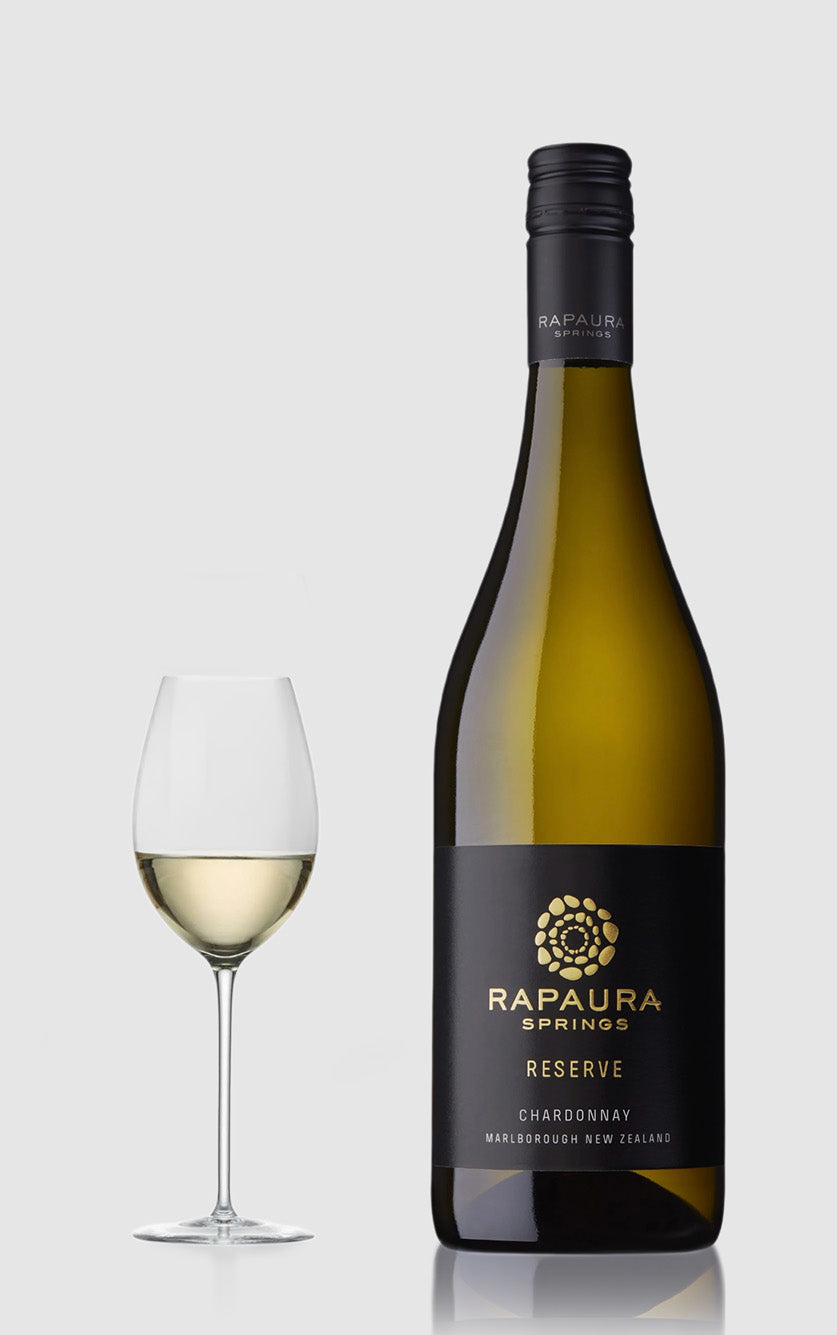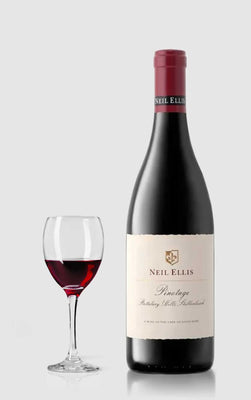Andre kategorier du måske vil kunne lide
White wine from Germany
-
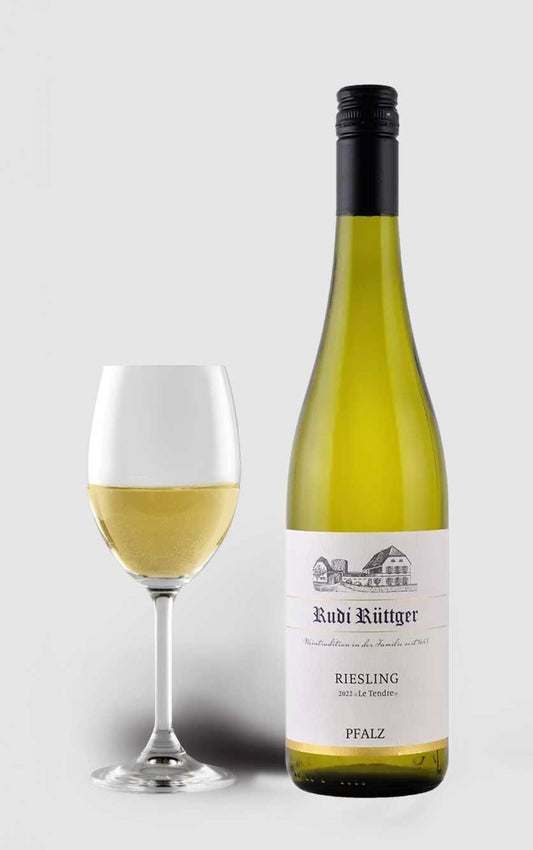 ★ 92 – DH Wines★ 4.1 – Vivino
★ 92 – DH Wines★ 4.1 – VivinoNeuleininger Höllenpfad Riesling Le Tendre 2023
Vendor:Rudi RüttgerRegular price 99,00 DKKRegular priceUnit price / per -
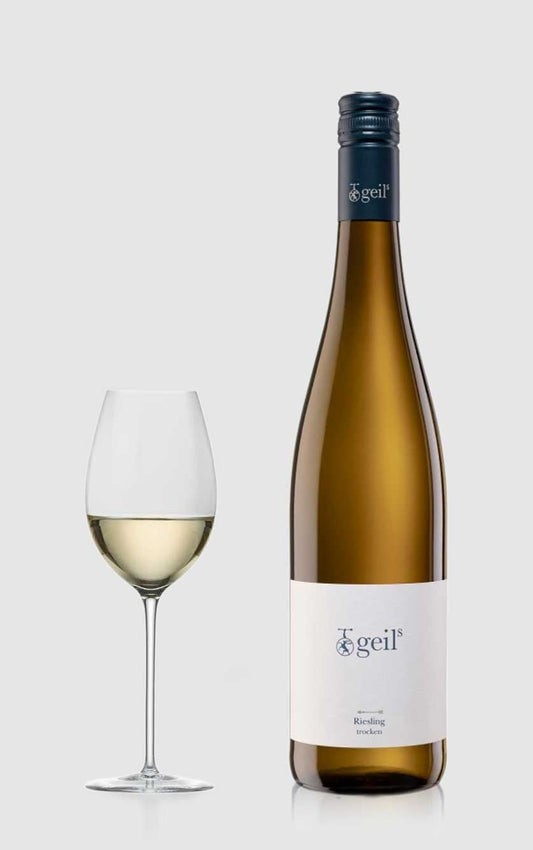 ★ 90 – DH Wines
★ 90 – DH WinesGeils Riesling 2023 Trocken Weingut Geils Rheinhessen
Vendor:Weingut GeilsRegular price 149,00 DKKRegular priceUnit price / per -
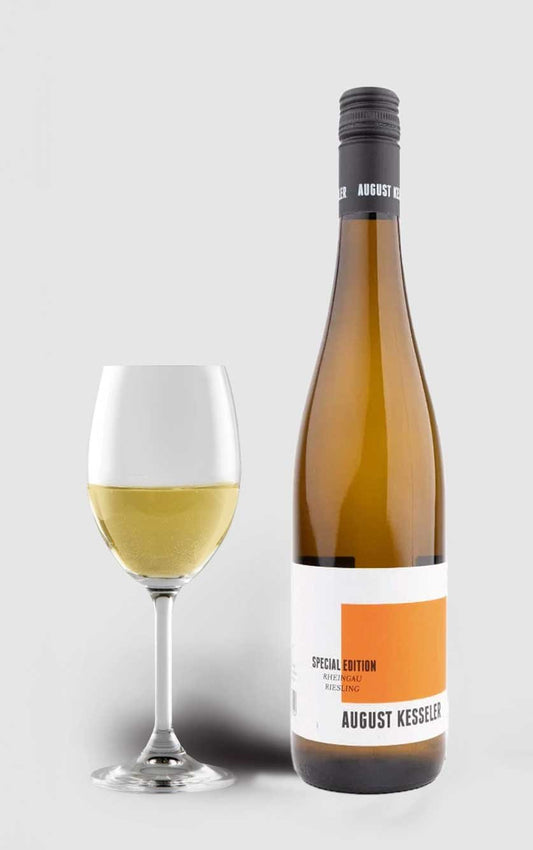 ★ 89 – DH Wines★ 3.7 – Vivino
★ 89 – DH Wines★ 3.7 – VivinoAugust Kesseler Special Edition Riesling 2023
Vendor:August KesselerRegular price 99,00 DKKRegular priceUnit price / per -
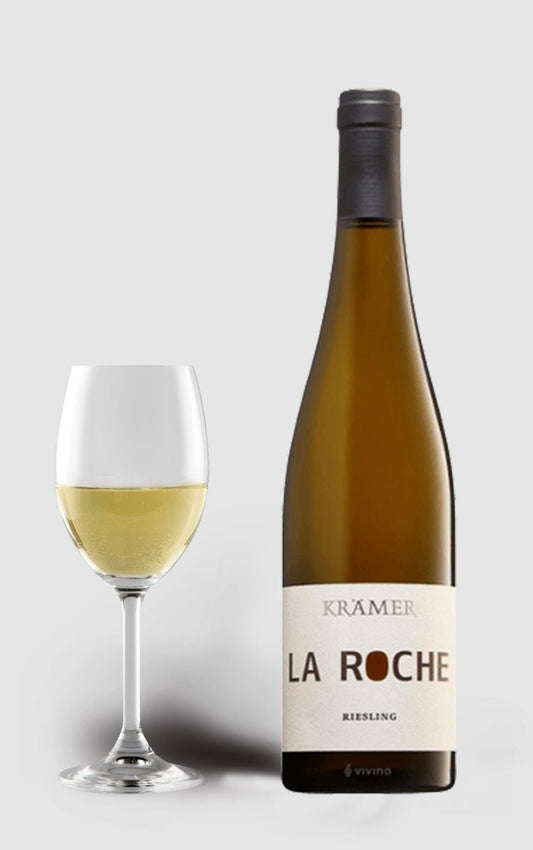 ★ 93 – James Suckling★ 87 – DH Wines★ 3.8 – Vivino
★ 93 – James Suckling★ 87 – DH Wines★ 3.8 – VivinoKrämer La Roche Riesling 2017
Vendor:Krämer La Roche-25% rabatRegular price 119,00 DKKRegular priceUnit price / per159,00 DKKSale price 119,00 DKKSale -
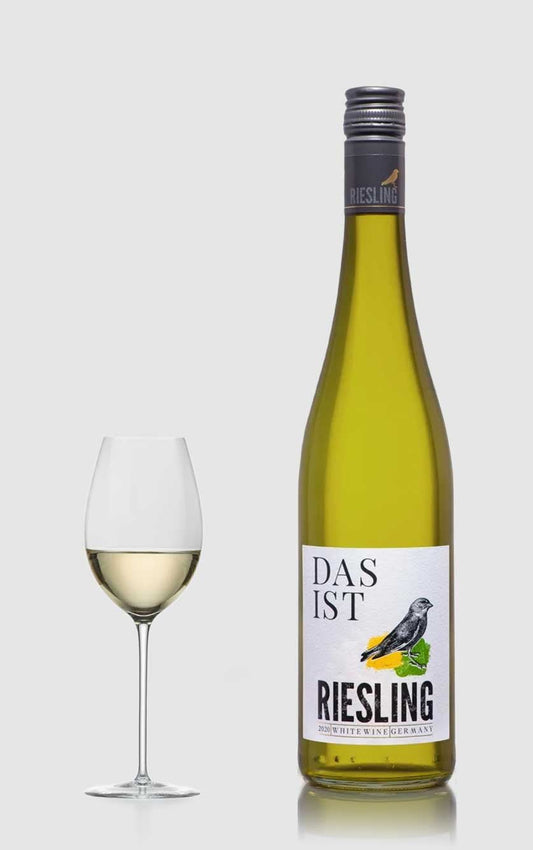 ★ 88 – DH Wines
★ 88 – DH WinesDas Ist Riesling 2024
Vendor:Das IstRegular price 69,00 DKKRegular priceUnit price / per -
 ★ 86 – DH Wines
★ 86 – DH WinesSimply 0 White Alcohol-free sparkling
Vendor:Simply ORegular price 69,00 DKKRegular priceUnit price / per -
 ★ 91 – DH Wines
★ 91 – DH WinesSternhof Riesling Feinherb Eco Pfalz 2023
Vendor:SternhofRegular price 129,00 DKKRegular priceUnit price / per -
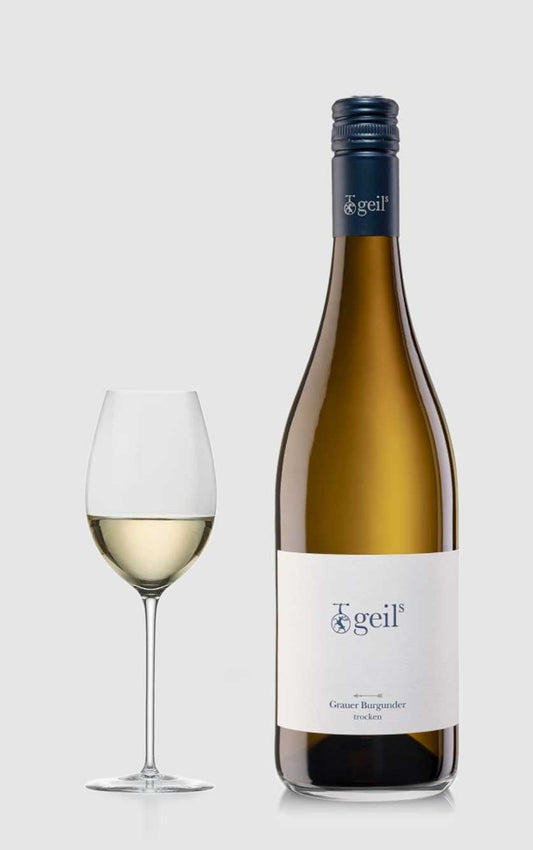 ★ 90 – DH Wines
★ 90 – DH WinesGeils Grauer Burgunder 2023 Trocken Weingut Geils Rheinhessen
Vendor:Weingut GeilsRegular price 149,00 DKKRegular priceUnit price / per -
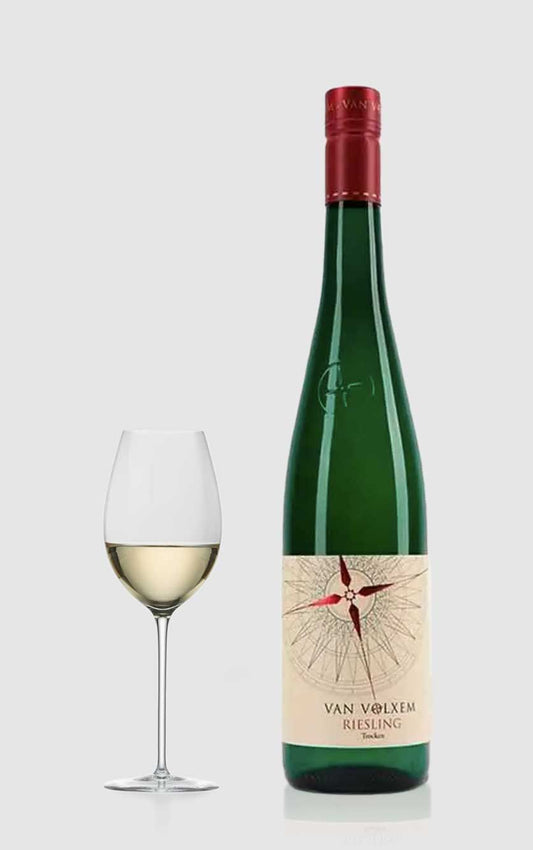 ★ 90 – DH Wines★ 4.0 – Vivino
★ 90 – DH Wines★ 4.0 – VivinoVan Volxem Riesling Trocken 2022
Vendor:Van VolxemRegular price 149,00 DKKRegular priceUnit price / per -
 ★ 90 – DH Wines
★ 90 – DH WinesGeils Chardonnay Dalsheim 2023 Trocken Weingut Geils
Vendor:Weingut GeilsRegular price 249,00 DKKRegular priceUnit price / per -
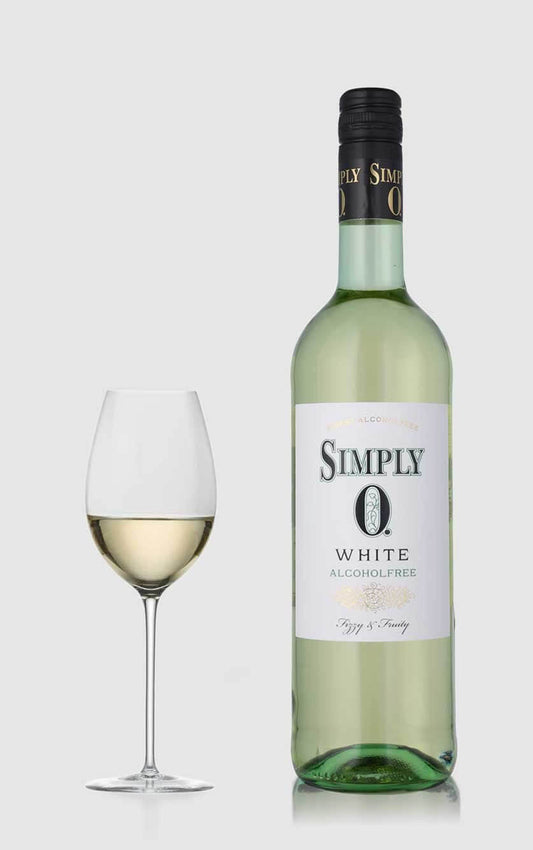 ★ 86 – DH Wines
★ 86 – DH WinesSimply 0 White Alcohol-free
Vendor:Simply ORegular price 59,00 DKKRegular priceUnit price / per -
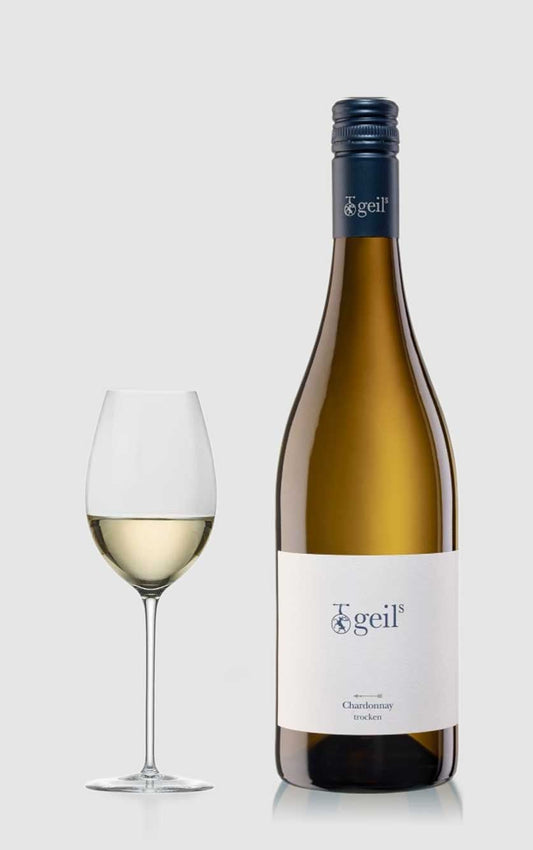 ★ 90 – DH Wines
★ 90 – DH WinesGeils Chardonnay 2023 Trocken Weingut Geils Rheinhessen
Vendor:Weingut GeilsRegular price 149,00 DKKRegular priceUnit price / per -
 ★ 97 – Decanter★ 95 – Robert Parker★ 95 – James Suckling★ 95 – DH Wines★ 93 – Wine Enthusiast★ 4.2 – Vivino
★ 97 – Decanter★ 95 – Robert Parker★ 95 – James Suckling★ 95 – DH Wines★ 93 – Wine Enthusiast★ 4.2 – VivinoJoh. Jos. Prüm Riesling 2012, Germany
Vendor:Joh. Jos. PrümRegular price 599,00 DKKRegular priceUnit price / per -
 ★ 92 – DH Wines★ 5 stjerner – VinAvisen
★ 92 – DH Wines★ 5 stjerner – VinAvisenManz Oppenheimer Herrenberg Riesling Auslese 2023
Vendor:ManzRegular price 249,00 DKKRegular priceUnit price / per -
 ★ 90 – DH Wines★ 3.9 – Vivino
★ 90 – DH Wines★ 3.9 – VivinoVan Volxem Esprit Riesling 2022
Vendor:Van VolxemRegular price 149,00 DKKRegular priceUnit price / per -
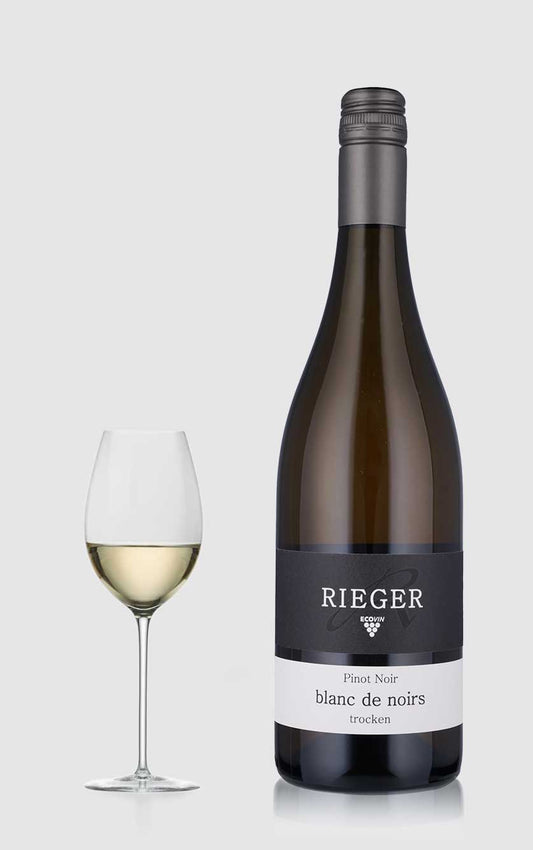 ★ 89 – DH Wines
★ 89 – DH WinesWeingut Rieger Pinot Noir, Blanc De Noirs, BIO Baden 2022
Vendor:Weingut RiegerRegular price 149,00 DKKRegular priceUnit price / per -
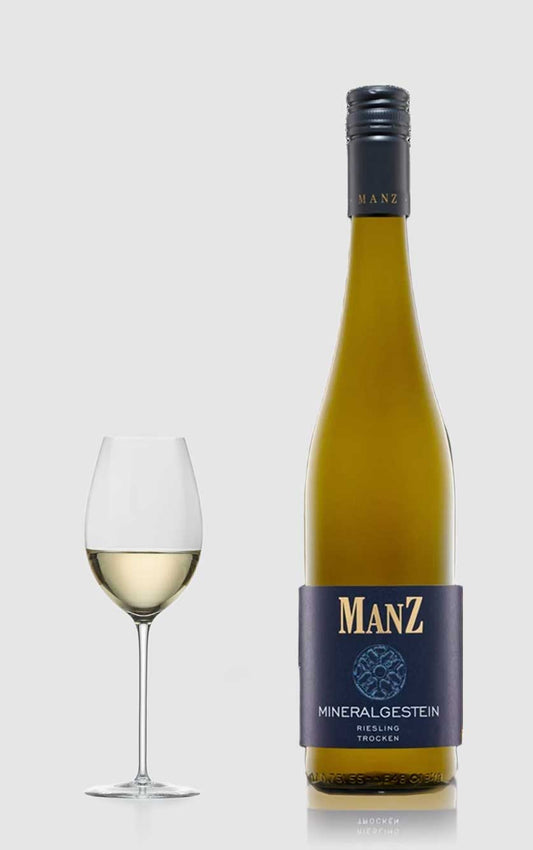 ★ 90 – DH Wines
★ 90 – DH WinesManz Mineralgestein Riesling 2024
Vendor:ManzRegular price 149,00 DKKRegular priceUnit price / per -
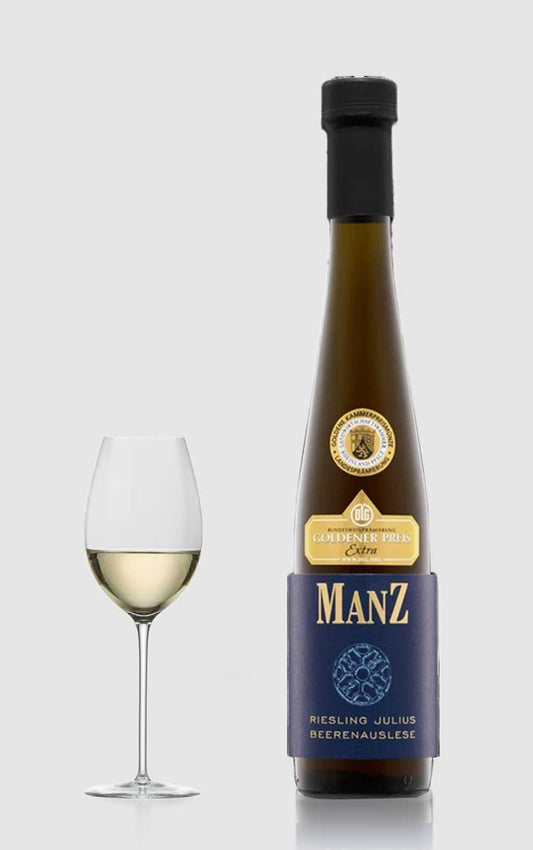 ★ 90 – DH Wines
★ 90 – DH WinesManz Oppenheimer Herrenberg Riesling Julius Beerenauslese 2014
Vendor:ManzRegular price 299,00 DKKRegular priceUnit price / per -
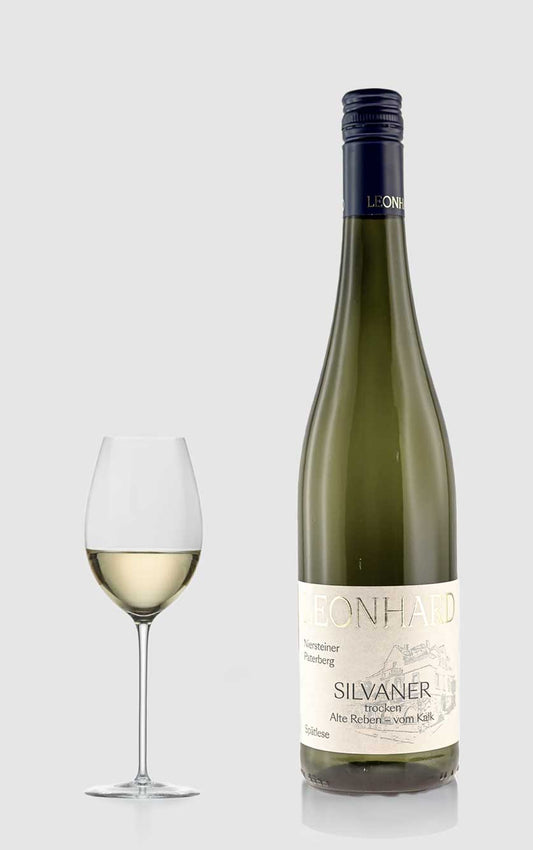 ★ 89 – DH Wines
★ 89 – DH WinesLeonhard Silvaner Alte Reben Niersteiner Paterberg 2021
Vendor:SternhofRegular price 99,00 DKKRegular priceUnit price / per -
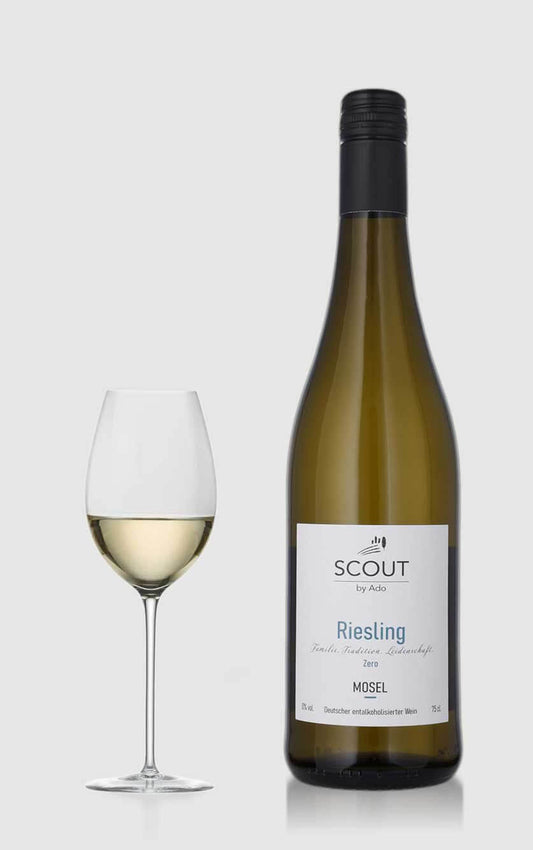 ★ 90 – DH Wines
★ 90 – DH WinesScout Riesling ALCOHOL FREE Mosel 2024
Vendor:AdoRegular price 119,00 DKKRegular priceUnit price / per -
 ★ 95 – DH Wines★ 4.2 – Vivino
★ 95 – DH Wines★ 4.2 – VivinoWehlener Sonnenuhr Auslese JJ Prüm 2021
Vendor:Joh. Jos. PrümRegular price 599,00 DKKRegular priceUnit price / per -
 ★ 91 – DH Wines★ 4.1 – Vivino
★ 91 – DH Wines★ 4.1 – VivinoWiltinger Riesling Trocken VDP Ortswein Saar, Mosel 2020
Vendor:WiltingerRegular price 199,00 DKKRegular priceUnit price / per -
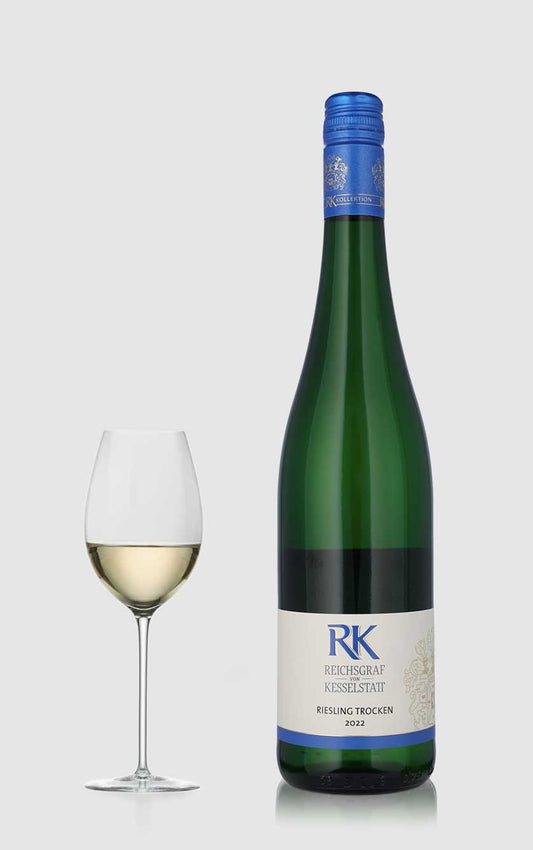 ★ 88 – DH Wines
★ 88 – DH WinesRiesling Trocken RK VDP Gutswein Reichsgraf von Kesselstatt 2022
Vendor:Reichsgraf von KesselstattRegular price 159,00 DKKRegular priceUnit price / per -
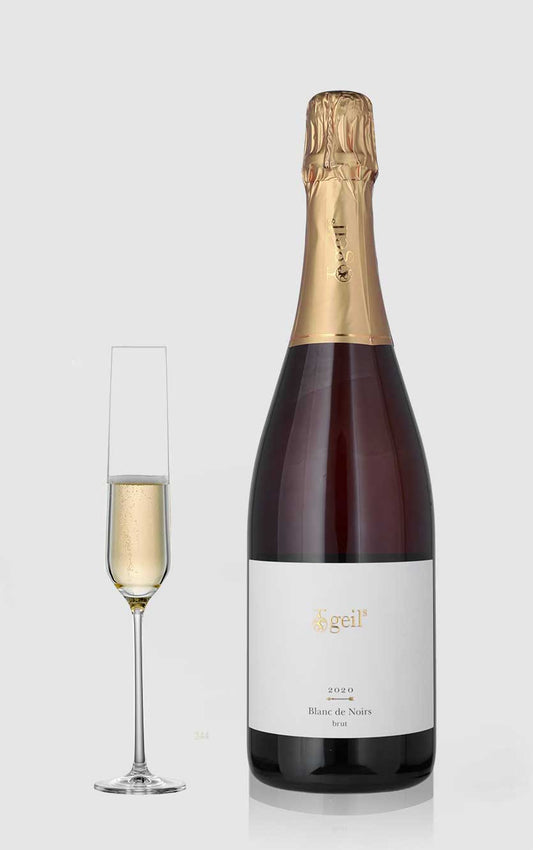 ★ 89 – DH Wines
★ 89 – DH WinesWeingut Geils Blanc De Noirs Sekt Brut 2020
Vendor:Weingut GeilsRegular price 249,00 DKKRegular priceUnit price / per -
 ★ 92 – DH Wines
★ 92 – DH WinesAuslese Passum III Albalonga Weingut Geils 2021 37.5 cl
Vendor:Weingut GeilsRegular price 329,00 DKKRegular priceUnit price / per -
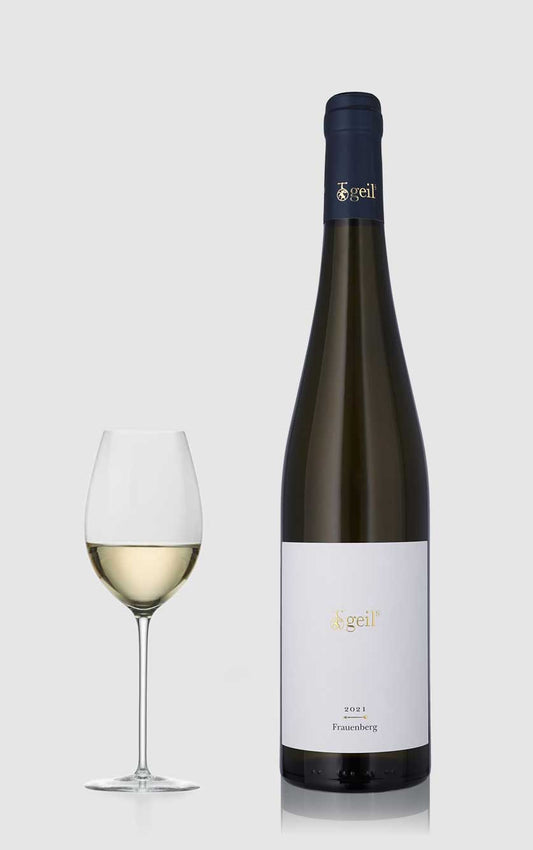 ★ 89 – DH Wines
★ 89 – DH WinesFrauenberg Riesling Weingut Geils 2021
Vendor:Weingut GeilsRegular price 299,00 DKKRegular priceUnit price / per -
 ★ 88 – DH Wines★ 3.7 – Vivino
★ 88 – DH Wines★ 3.7 – VivinoSeckinger Riesling Vom Löss 2021
Vendor:Weingut SeckingerRegular price 149,00 DKKRegular priceUnit price / per -
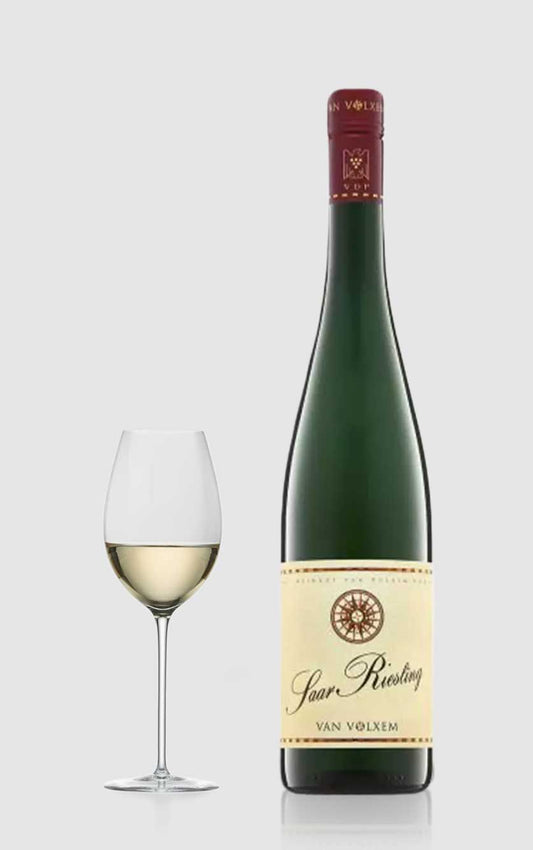 ★ 89 – DH Wines★ 3.9 – Vivino
★ 89 – DH Wines★ 3.9 – VivinoVan Volxem Saar Riesling 2023
Vendor:Van VolxemRegular price 229,00 DKKRegular priceUnit price / per -
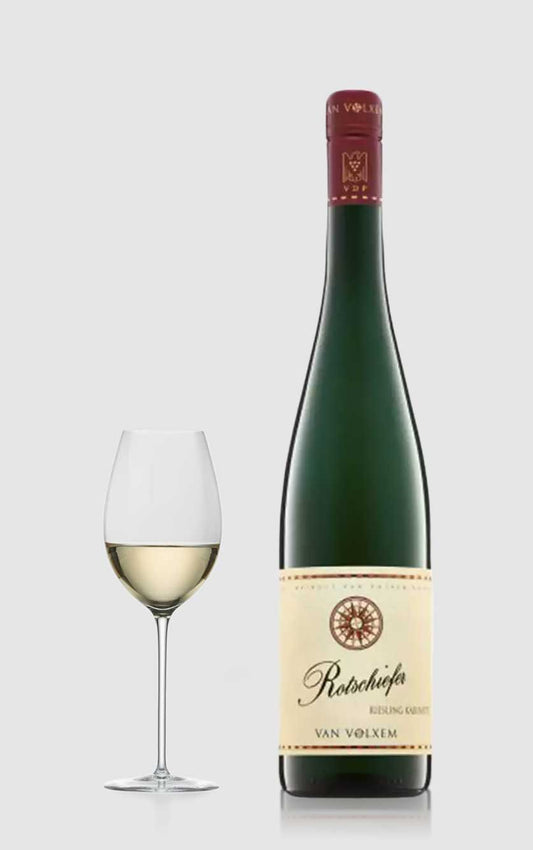 ★ 88 – DH Wines★ 4.0 – Vivino
★ 88 – DH Wines★ 4.0 – VivinoVan Volxem Rotschiefer Riesling Kabinett 2023
Vendor:Van VolxemRegular price 229,00 DKKRegular priceUnit price / per -
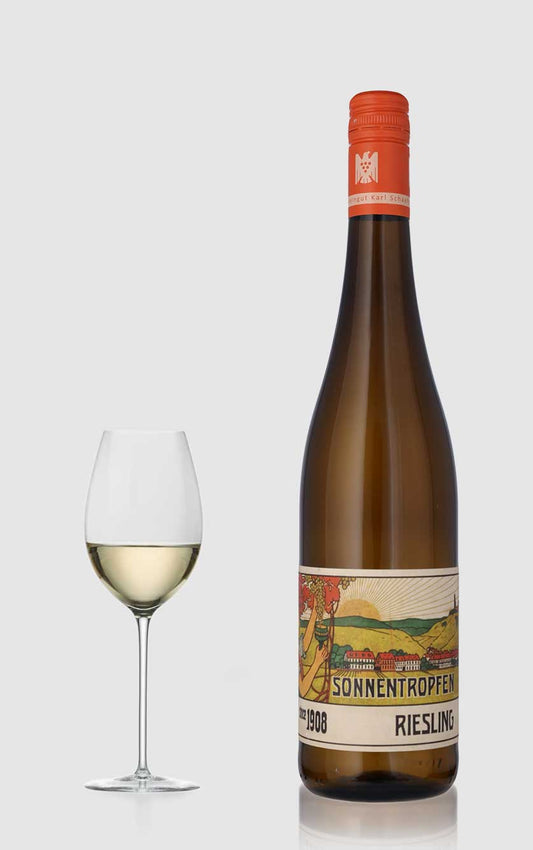 ★ 90 – DH Wines
★ 90 – DH WinesDürkheim Sonnentropfen ECO Riesling Trocken 2024 VDP Ortswein
Vendor:Dürkheimer SpielbergRegular price 169,00 DKKRegular priceUnit price / per -
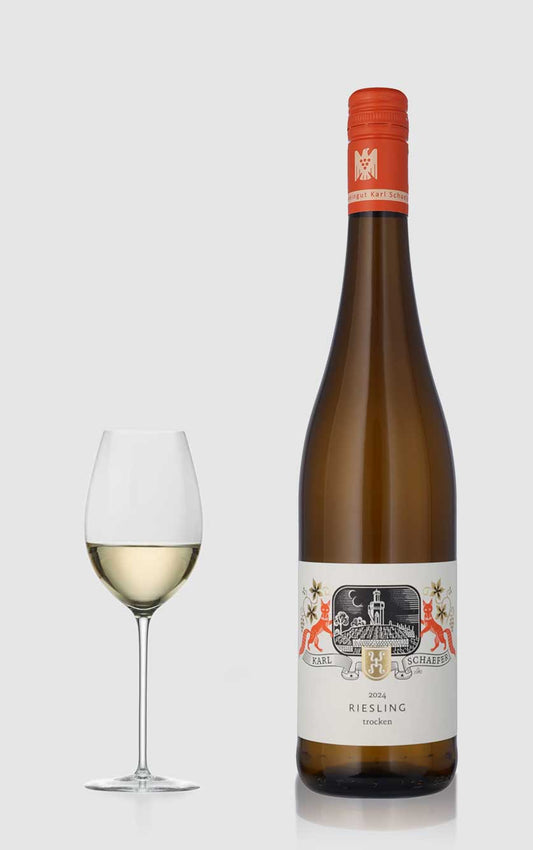 ★ 88 – DH Wines
★ 88 – DH WinesRiesling Trocken ECO, VDP Gutswein 2023
Vendor:Dürkheimer SpielbergRegular price 149,00 DKKRegular priceUnit price / per -
 ★ 88 – DH Wines
★ 88 – DH WinesDürkheimer Spielberg ECO Riesling Trocken 2022
Vendor:Dürkheimer SpielbergRegular price 289,00 DKKRegular priceUnit price / per -
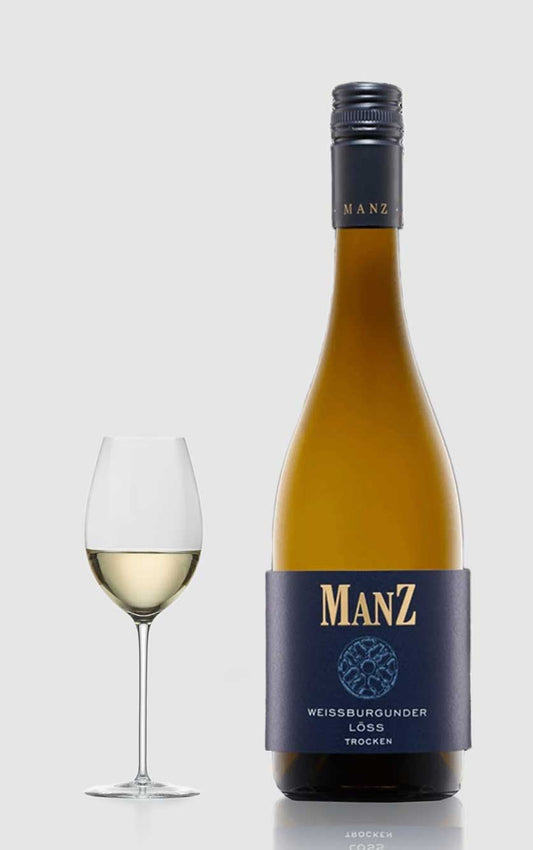 ★ 89 – DH Wines
★ 89 – DH WinesManz Weissburgunder Loss 2024
Vendor:ManzRegular price 149,00 DKKRegular priceUnit price / per -
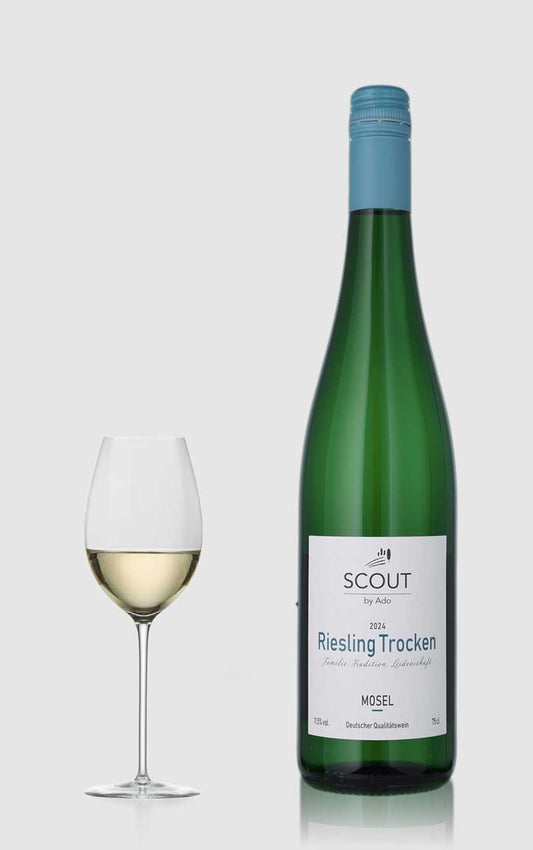 ★ 88 – DH Wines
★ 88 – DH WinesScout Riesling Trocken Mosel 2024
Vendor:Das IstRegular price 129,00 DKKRegular priceUnit price / per -
 ★ 93 – Decanter★ 90 – DH Wines★ 4.3 – Vivino
★ 93 – Decanter★ 90 – DH Wines★ 4.3 – VivinoMichelsberg Eco Riesling GG 2022, VDP Grosse Lage, Karl Schaefer, Palatinate
Vendor:Weingut Karl SchaeferRegular price 399,00 DKKRegular priceUnit price / per -
 ★ 93 – DH Wines★ 4.0 – Vivino
★ 93 – DH Wines★ 4.0 – VivinoWachenheimer Gerümpel Øko Riesling Trocken 2020, VDP Erste Lage, Karl Schaefer, Pfalz
Vendor:Weingut Karl SchaeferRegular price 249,00 DKKRegular priceUnit price / per -
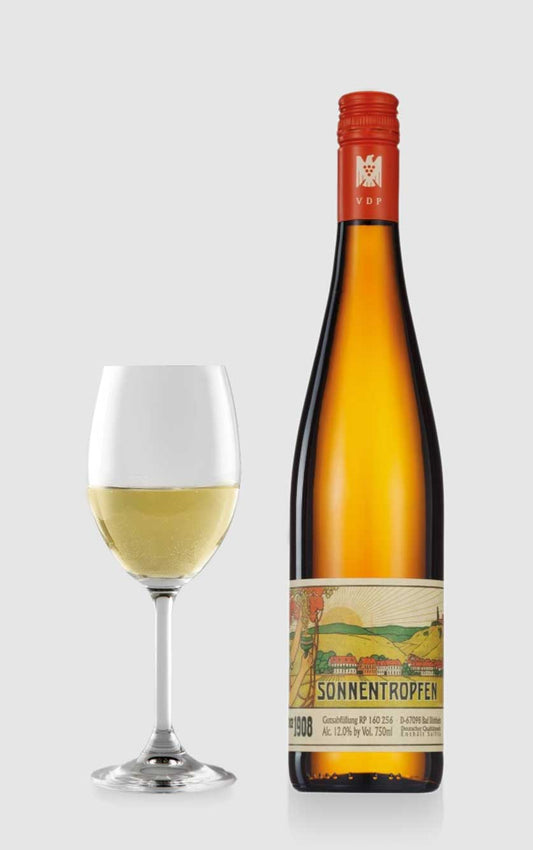 ★ 90 – DH Wines★ 4.1 – Vivino
★ 90 – DH Wines★ 4.1 – VivinoDürkheim Sonnentropfen Riesling Trocken 2022, Karl Schaeffer, PFALZ ECO
Vendor:Weingut Karl SchaeferRegular price 189,00 DKKRegular priceUnit price / per -
 ★ 88 – DH Wines★ 3.7 – Vivino
★ 88 – DH Wines★ 3.7 – VivinoSchloss Marienlay Riesling Trocken 2022, Reichsrat Von Kesselstatt
Vendor:Schloss MarienlayRegular price 169,00 DKKRegular priceUnit price / per
Collection: White wine from Germany
White wine from Germany – Purity, precision and aging ability
German white wine is known for its freshness, precision and versatility. Riesling in particular has positioned Germany as one of the world's leading white wine producers, but grapes such as Weissburgunder and Silvaner are also gaining ground. With a climate that promotes high acidity and low alcohol, white wines are created with both nerve and finesse.
Important wine regions in Germany
- Mosel : Steep slopes and slate soils produce lean, mineral Riesling wines with low alcohol and great aromatic complexity.
- Rheingau : Dry and structured white wines, especially Riesling and Spätburgunder, from south-facing slopes along the Rhine.
- Palatinate : Warmer climate and many hours of sunshine produce fuller white wines – both Riesling and Weissburgunder thrive here.
- Franconia : Characterized by Silvaner wines with an earthy character and neutral aroma, often bottled in Bocksbeutel bottles.
- Nahe and Baden : Regions with great variation in soil and style, especially for Riesling and Pinot varieties.
Dominant grape varieties
- Riesling : Germany's signature grape. Delivers everything from dry (Trocken) to sweet wines with high residual sugar and intense aroma.
- Weissburgunder (Pinot Blanc) : Delicate and floral, often dry and used in gastronomic contexts.
- Silvaner : Classic in Franconia, with low aroma intensity and food-friendly structure.
- Grauburgunder (Pinot Gris) : Fuller and more mature in style, often with a pear and spicy edge.
- Scheurebe : Aromatic cross with notes of blackcurrant and grapefruit, suitable for both dry and sweet wine.
However, Riesling accounts for over a fifth of all German plantings and is strongly linked to the area's precise expression of terroir and vintage.
Styles and classification
German white wines are often classified according to their sweetness and quality. The dry wines are labeled as “Trocken” , and the sweeter ones as “Halbtrocken” , “Spätlese” , “Auslese” and up to “Beerenauslese” and “Trockenbeerenauslese” . The newer system of VDP Gutswein , Erste Lage and Grosse Lage also provides a quality focus on top dry wines.
The best wines combine low alcohol, precise acidity and intense aroma – and often have a storage potential of 10–30 years depending on the style and producer.
Frequently asked questions about German white wine
Is German white wine always sweet?
No. The vast majority of modern German white wine is dry or semi-dry. The term “Trocken” on the label indicates a dry wine, and Riesling in particular is produced today in many dry styles.
What food goes with German Riesling?
Dry Riesling goes well with Asian dishes, ceviche, seafood and dishes with acid or spice. Sweet Riesling works especially well with blue cheese, foie gras or desserts with fruit.
Can German white wine be aged?
Yes. Riesling from top vineyards and good producers in particular has high aging potential. The wines develop notes of petroleum, honey, beeswax and dried fruit over time.
- Choosing a selection results in a full page refresh.
- Opens in a new window.
